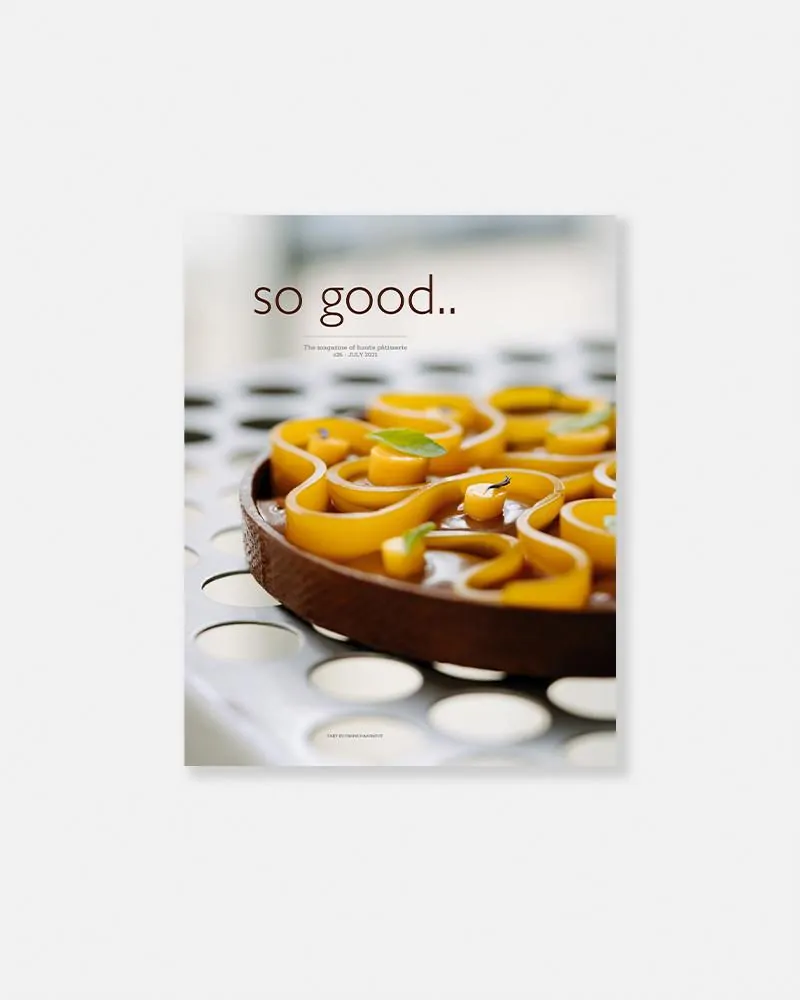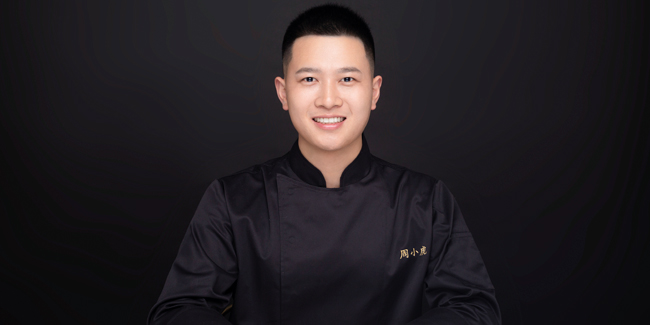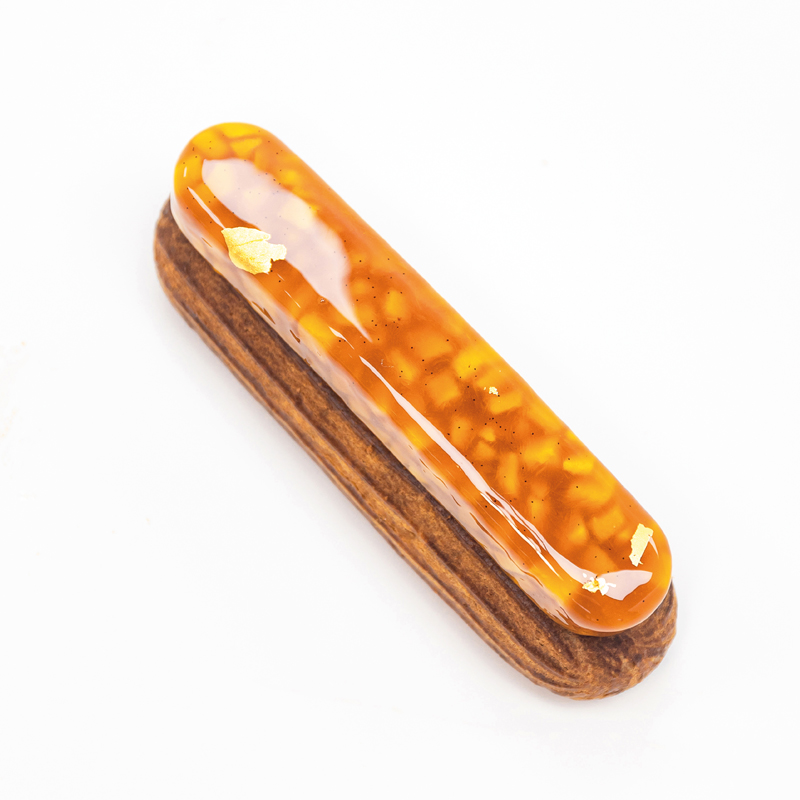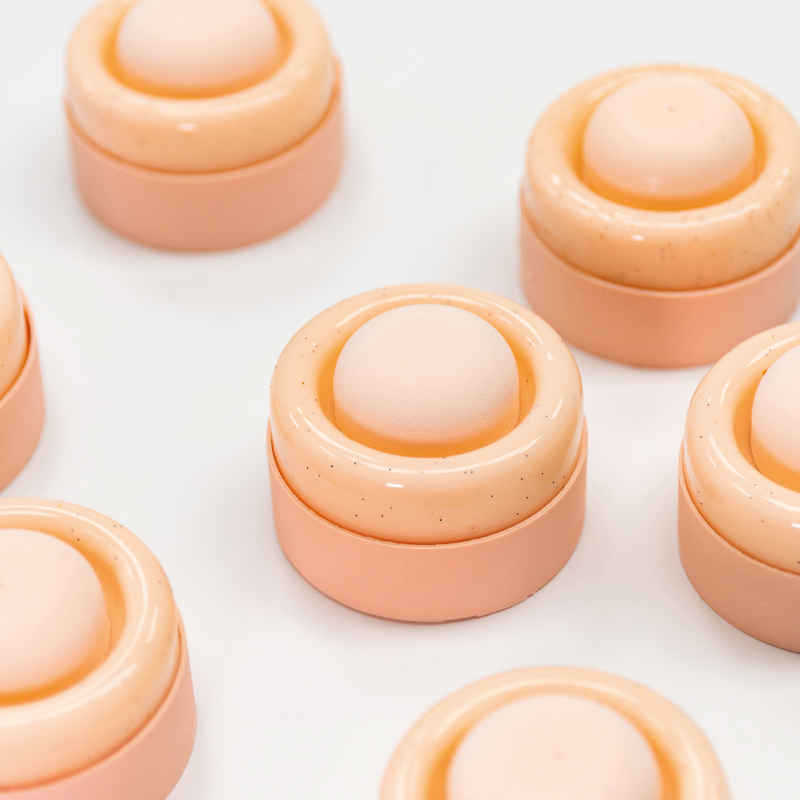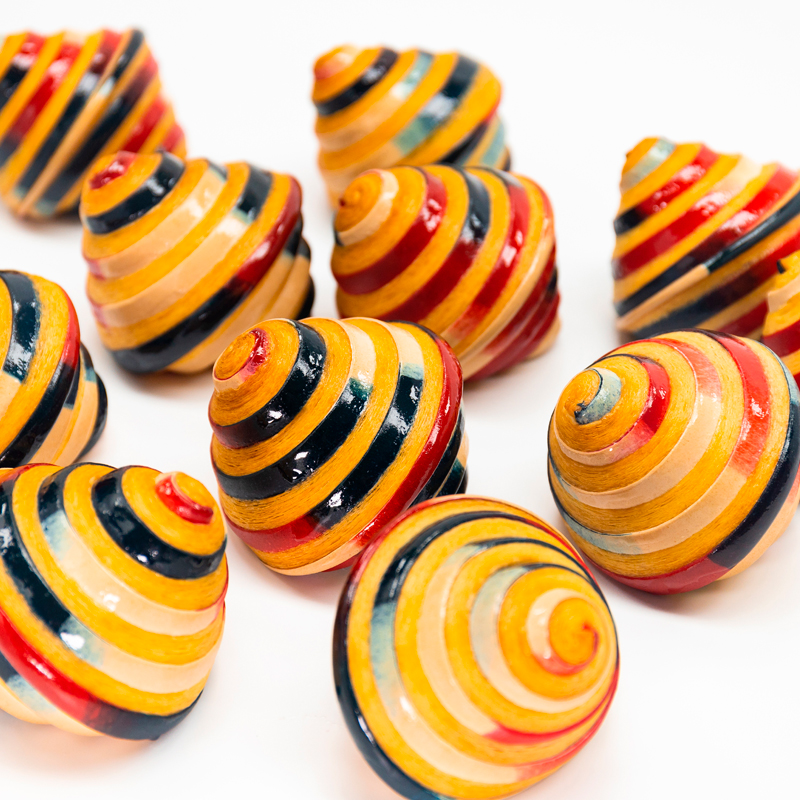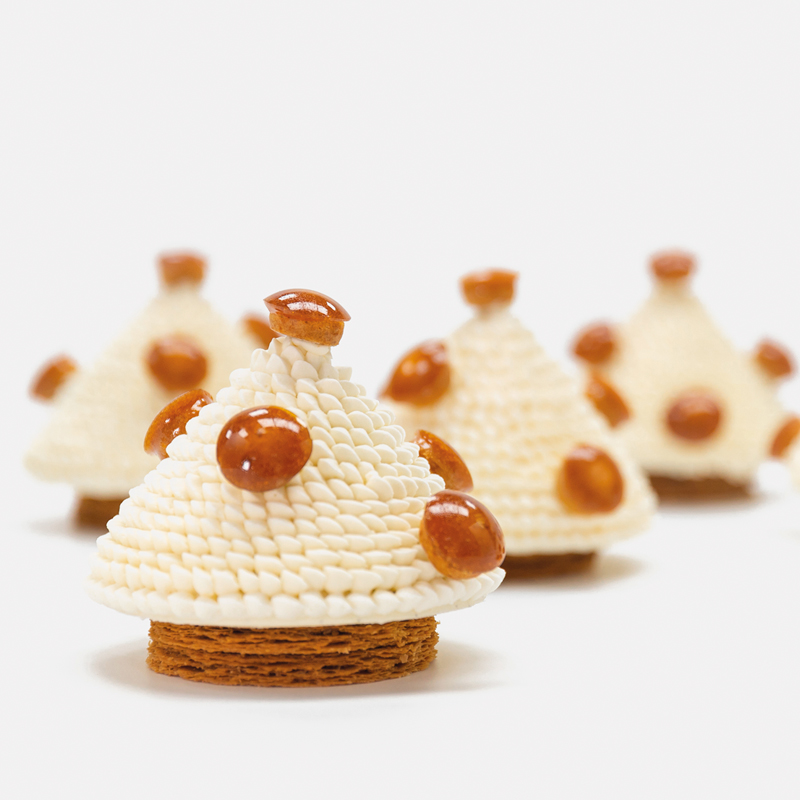Categories Pastry Chef Articles
Zhou Xiaohu: ‘There is nothing more fascinating than my job itself’
In 2012, already an established traditional Chinese pastry chef, Zhou Xiaohu came across Western pastry and was seduced by the different handling of ingredients and the possibilities of expression it offered, ‘Western pastry is just like music and literature in general. Everyone loves beautiful and touching things, regardless of language or skin differences’, he explained in so good #26. After serving in the army for five years with the mission of providing comrades with pastry refreshments for their daily training, he completed his apprenticeship in Yibin, Sichuan. Today he works at TDessert International Pastry Academy as a lecturer chef conducting courses in training specialized pastry skills in different cities throughout China. His extensive knowledge of both pastry cultures, Western and Chinese, places him in a privileged position as a link between the two worlds, while he is preparing to open his own pastry shop in the near future.
We welcome Chef Xiaohu to the pages of so good #26, who will be closely followed in the coming years. He is creative, passionate and above all a perfectionist, because as he himself says, ‘Devil is often hidden in the details.’ Now you can enjoy the whole interview we included in this issue.
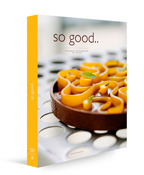
When, how and why did you decide to go into the world of pastry?
Back in 2012, when I was still a traditional Chinese pastry chef, I came across Western pastry. The different methods of handling ingredients and the artistic ways of expression attracted and inspired me. Since then I looked through massive pastry books and magazines to learn the western pastry techniques.
‘There are more than 3,000 kinds of pastries in China, using grains, flour, beans, fruits, vegetables, or flowers as production ingredients.’
Could you briefly explain your career path? Could you explain your current activity?
From 2012 to 2017, I served in the army as a logistic soldier. My duty was to provide comrades with pastry refreshments for their daily training. After completing my service in 2017, I started a pastry studio in Yibin, Sichuan to release my passion about pastry and practice my skills through daily production line. I love to share and teach skills related to pastry and bakery with someone who has the same interest. Nowadays, I am engaged with TDessert International Pastry Academy as a lecturer chef conducting courses in training specialized pastry skills in different cities throughout China. Meanwhile, I am getting ready to open my own pastry and dessert shop filled with my own style of products.
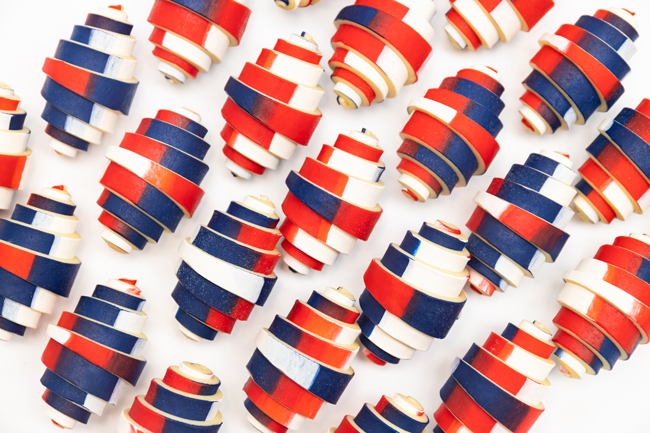
What do you find most fascinating in your job?
To be honest, there is nothing more fascinating than my job itself. That can be by making an unrealistic idea real; students learn more than they had expected after each lecture; full and satisfied customers; recognition from other chefs; or even the likes from social media.
How do you define your creations? What is the concept?
As for me, dessert is a carrier to deliver happiness. It should provide both visual and gustatory enjoyment for people. Therefore, all the ordinary plain little things around me, the geometrical aesthetics that exists between squares and circles, the gratefulness to life and the anticipation to the future, are the sources of inspiration in my creations. I believe in subtlety when it comes to concrete work. The devil is often hidden in the details. Therefore, the polishing of details and the breakthrough of the technical limit are important issues. For the specific production, I believe in the subtleties of the true manifestation, so the polishing of the details of the product and the breakthrough of each technical limit of my own is the direction I have been pursuing.
‘Western pastry is just like music and literature in general. Everyone loves beautiful and touching things, regardless of language or skin differences.’
Let’s talk about China. Can you describe what traditional pastry is like?
Traditional Chinese pastry has a profound cultural heritage, as well as a really long history. The earliest Chinese pastry desserts can be traced back to more than 4,000 years ago in the Shang and Zhou dynasties. Even in the famous book ‘Travels of Marco Polo’ desserts similar to ice cream are recorded.
Nowadays, Chinese pastry can be divided by region into 11 main factions, such as ‘Jing’, ‘Yang’, ‘Su’, ‘Guang’, ‘Hu’, ‘Min’ and ‘Chuan’. Just taking ‘Jing’ as an example, it includes hundreds of categories represented by ‘Ba da jian’ and ‘ba xiao jian’. According to incomplete statistics, there are more than 3,000 kinds of pastries in China, using grains, flour, beans, fruits, vegetables, or flowers as production ingredients. Nevertheless, the meat components and savory pastries take up a great proportion. The cooking method involves steaming, boiling, deep frying, baking, frying and some other ways. In terms of consumption, there are traditions involving having a specific snack or food accordingly to Solar Term.
It is very interesting that history took a part in Chinese traditional pastries. They are symbolic and meaningful. For example the mooncakes, which are only eaten during the Mid-Autumn Festival. It is one of the most important traditional festivals in China, representing family reunion. So in 2019, China produced about 364,000 tons of mooncakes, about 1.38 billion mooncakes were sold, generating a market value of about 19.67 billion yuan (RMB).
‘All the ordinary plain little things around me, the geometrical aesthetics that exists between squares and circles, the gratefulness to life and the anticipation to the future, are the sources of inspiration.’
Are there modern pastry establishments or is this type of pastry only consumed in restaurants and hotels?
In terms of Western pastry, international store brands like Lenotre or Lady M can be found in first tier cities or neighboring cities in China. The local confectionery professions fall in young age group. In addition to the traditional consumption habit of hotels and restaurants, most dessert shops are equipped with online service, and the online sales can take up to 50% of total revenue. According to the statistics of 2019, there are more than 500,000 baking-related physical stores in China, with an annual consumption market of about 230 billion. However, the per capita annual consumption of baked food is only 7.4kg. Although it maintains the momentum of annual growth, there is still a big gap compared with other Asian countries, such as Japan, whose average per capita is 24.5kg per year. The gap shows opportunity and potentials. As a Chinese pastry chef, the Western pastry differentiates from the current Chinese market. Finding the balance between traditional and localization is a challenging progress. Western pastry is just like music and literature in general. Everyone loves beautiful and touching things, regardless of language or skin differences.
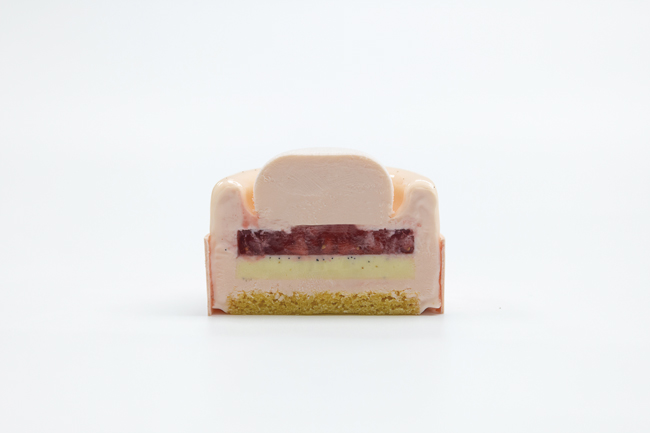
What will, in your opinion, the patisserie of the future be like? What are the tendencies for the next years?
First of all, dessert itself is food. Palatable and healthy is the basic eternal rule. In my opinion, the dessert is not only limited to please the taste but also provides emotional and sensational satisfactions. As a pastry chef, I respect the comprehensive opinions from the young consumers, who have plenty energy intake sources and complex diet structure. There is always a conflict between being healthy and being enjoying food. Therefore I believe lighter form of desserts or vegetarian form of desserts will be a trend.
Tell us a bit more about the creations you present in So Good #26. What is the idea?
It is great honor to have my works displayed in so good.. magazine. Such a pleasure to receive recognitions from industry professionals. so good.. magazine is a trendy and popular reading for the professional chefs in China. With my work displayed in the magazine, I wish to share a little more about Chinese baking and interchange the ideas or even build a connection so that the world gets to know more about Chinese baking and culture.
